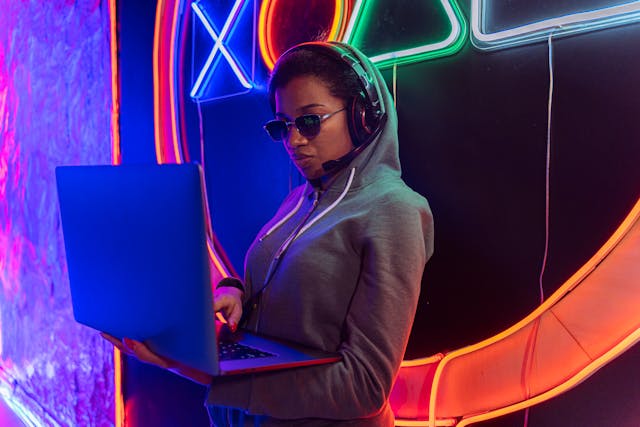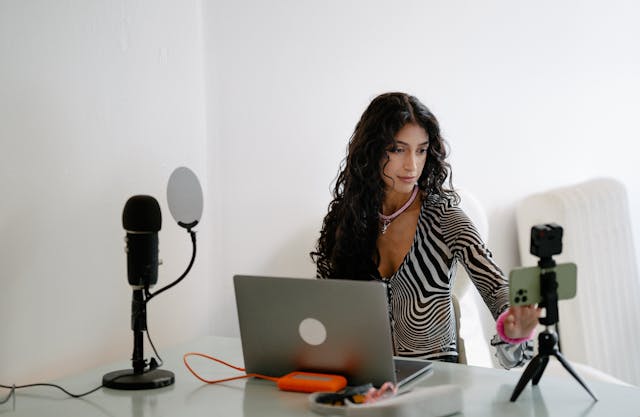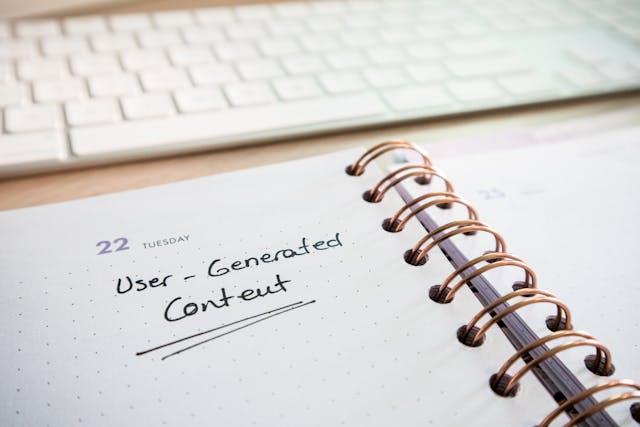Protecting intellectual property through DMCA takedowns on social media is very important when sharing online.
Evidently, in today’s digital world, social media platforms have become an important tool for artists to share their work with a wider audience.
Whether it’s a painting, song, video, or any other creative piece, social media helps artists gain recognition.
However, it also comes with challenges, especially when it comes to protecting intellectual property from unauthorized use.
I’ve seen works of mine resurface on Pinterest without credit, that moment when you realize your art is out there in a thousand unexplained corners can be both thrilling and infuriating.
With that said, one of the very best ways for artists to protect their creative work online is through a DMCA takedown notice.
Meaning of DMCA Takedowns and its Effect on Social Media
The Digital Millennium Copyright Act (DMCA) is a law that allows copyright owners to request the removal of infringing content from websites and social media platforms.
It empowers creators to shield their work swiftly, without hiring a lawyer or going to court. I will explain how DMCA takedown notices work, and, also provide practical strategies to use them effectively.
Understanding DMCA Takedown Notices on Social Media
A DMCA takedown notice is a legal request sent by a copyright owner or their representative to an online service provider (such as social media sites). Notably, the aim of this is to remove content that infringes on their intellectual property rights.
Additionally, this process helps creators protect their work without needing to go through lengthy legal battles.
I once filed a takedown for a stolen digital work on Instagram and was surprised how quickly Meta responded, within 48 hours.
Key Elements of a DMCA Notice
To ensure your DMCA notice is valid, it must include these important elements:
1. Identification of the Work: Clearly state what copyrighted work has been infringed upon. Moreover, this can include links to your original work.
2. Description of Infringement: Provide details on where the infringing material is located, by including URLs.
3. Contact Information: Include your name, email address, and any other relevant contact details.
4. Good Faith Statement: Confirm that you believe in good faith that the use of your work was unauthorized.
5. Penalty Statement: Declare, under penalty of perjury, that your notice is accurate.
Steps for Using DMCA Takedown Notices Effectively
If you find someone using your work without permission, be sure to follow these steps to take action:
Step 1: Identify Infringement
Use online tools like Google Reverse Image Search or TinEye to find unauthorized uses of your artwork, photos, or videos. Furthermore, for music, you can use platforms like Shazam or YouTube’s Content ID system.
Step 2: Prepare Your DMCA Notice
Make sure your notice includes all the required elements mentioned above. The more details you provide, the easier it will be for the platform to process your request.
Step 3: Submit Your Notice
Each social media platform has its own process for submitting DMCA takedown requests, and without further ado, here are common ways to do it:
Meta (Facebook/Instagram): Use Meta’s Copyright Report Form.
YouTube: Use YouTube’s Copyright Complaint Submission Tool.
Twitter/X: File via Twitter’s Copyright Form.
TikTok: Submit through TikTok’s Copyright Policy Page.
Step 4: Follow Up
Most platforms respond within 24–72 hours. If not, consider contacting their support again or seeking help through LegalZoom or Volunteer Lawyers for the Arts.
Real-Life Examples of DMCA Takedowns
Many artists have successfully used DMCA takedowns on social media and other aspects of arts and entertainment to protect their work. Here are a few examples:
Richard Prince Cases: Several takedown notices were filed against his appropriation art.
Interior Designers’ Use: Interior designers frequently submit takedown notices when Pinterest or blogs repost their content.
Celebrity Nude Image Leaks: Celebrities like Jennifer Lawrence have used DMCA notices to remove unauthorized nude leaks, as reported by BBC News.
Why Acting Quickly Matters
In one case, a repost of my content gained over 2,000 shares before I filed the takedown, it spread far faster than I could chase, reminding me that speed is everything.
The sooner you report copyright infringement, the better. When artists delay, the unauthorized content can spread across multiple sites, making it harder to remove.
Platforms usually respond faster to early reports, so it’s important to act as soon as you notice unauthorized use.
DMCA takedown notices are powerful tools to protect your work, but must be used thoughtfully and promptly.
As an artist, if you can properly identify infringements, prepare accurate notices, and submit them through proper channels, it would help safeguard your work online while maintaining credibility.
After going through this process a few times, I recommend keeping a step-by-step log (with screenshots) of each infringement, it saves headaches if follow-up is needed.
READ ALSO
Copyright Laws for Artists Online for Protection
Elements of a Strong Contract In Entertainment, What Are They?
Infringement Of Copyright on Social Media
Understanding Fair Use on Social Media
Financial Planning Tips for Artists



